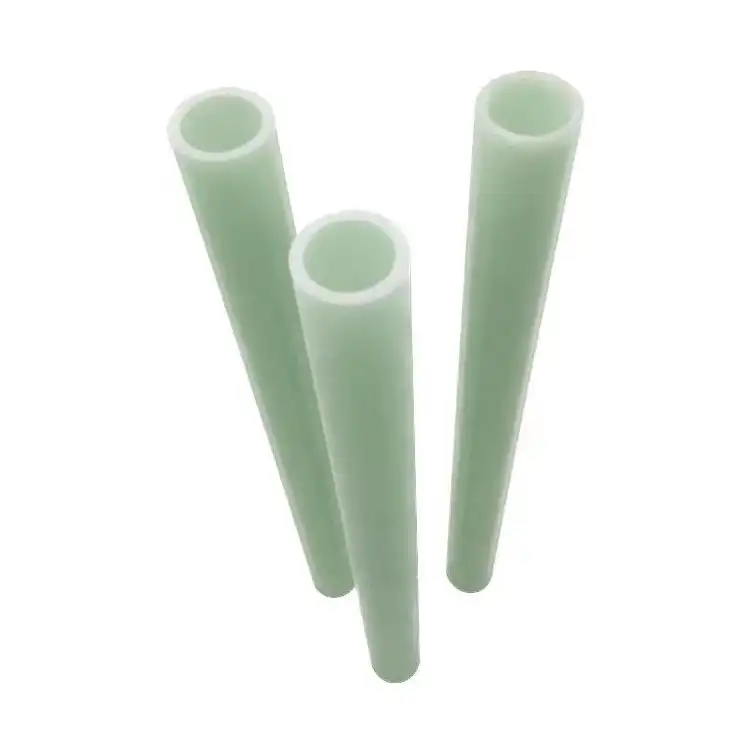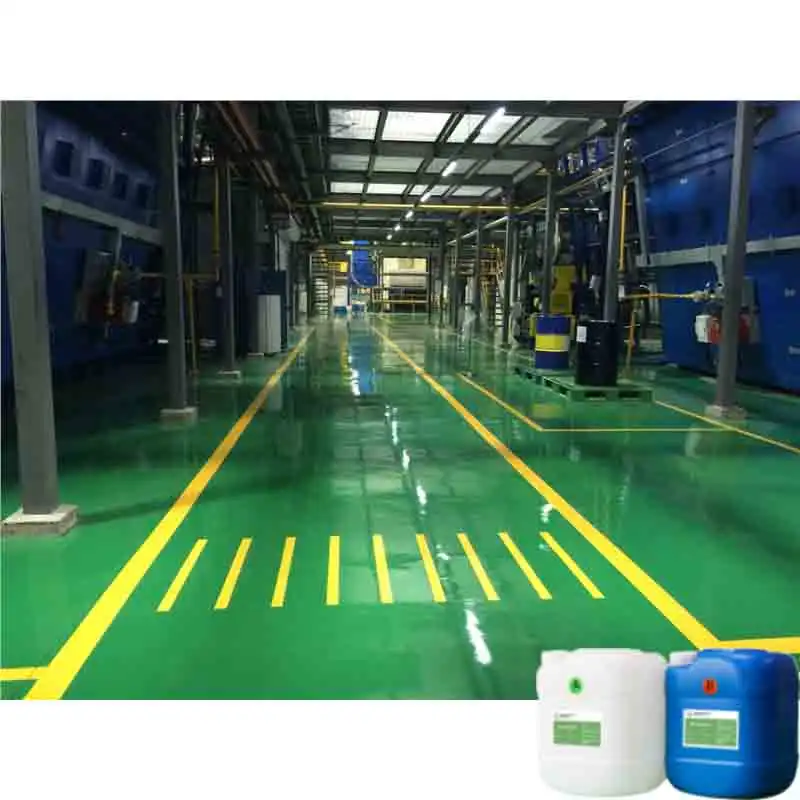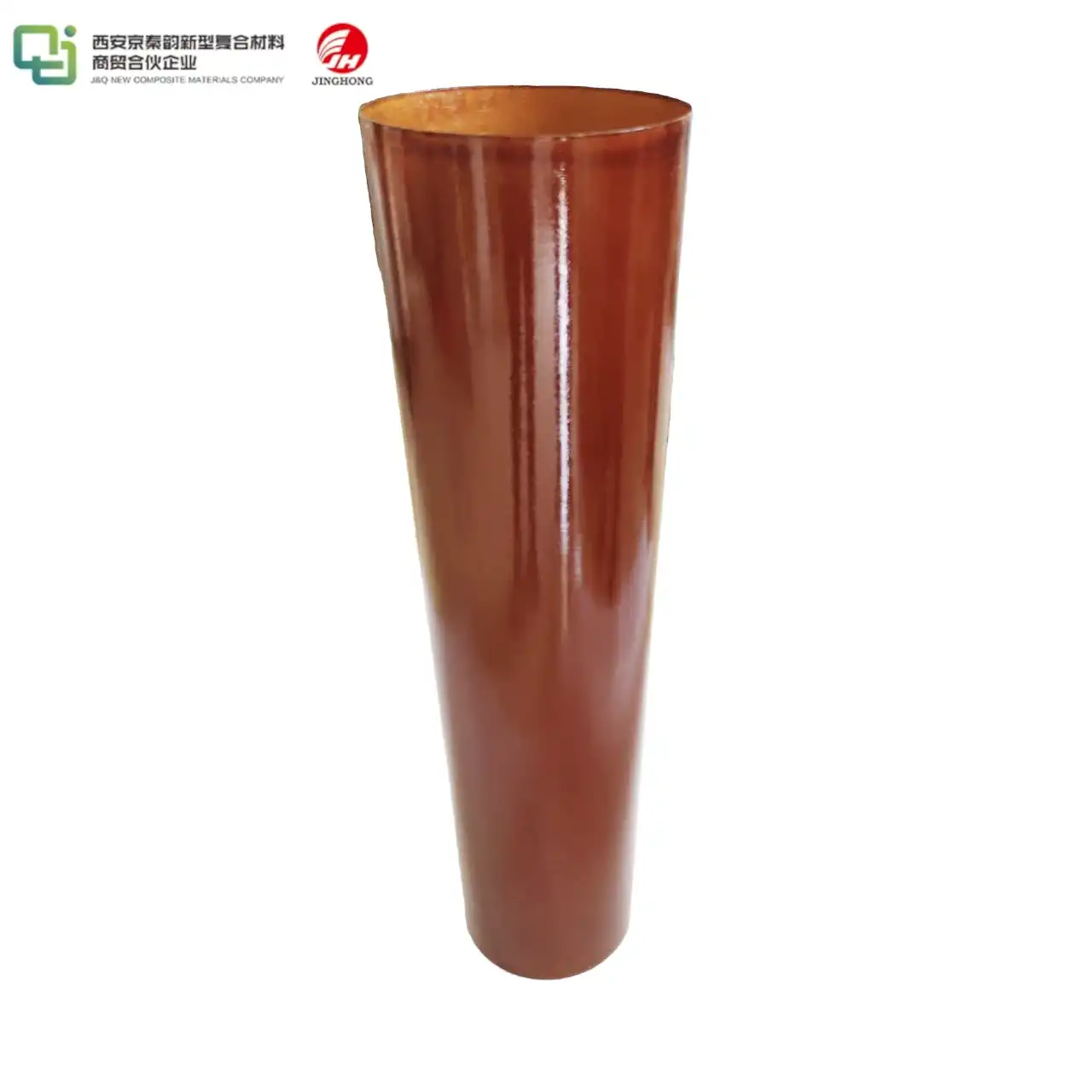Maintenance and care of 3240 epoxy sheet: key steps and precautions
2025-02-08 15:46:14
Proper maintenance and care of 3240 epoxy sheet are paramount for ensuring its longevity and optimal performance. This high-performance material, known for its exceptional electrical insulation properties, requires specific attention to preserve its integrity. Key steps include regular cleaning with non-abrasive solutions, avoiding exposure to extreme temperatures or harsh chemicals, and conducting periodic inspections for signs of wear or damage. Precautions involve handling the sheets with care to prevent scratches or impacts, storing them in a controlled environment away from direct sunlight, and using appropriate tools when cutting or shaping the material. By adhering to these maintenance practices and precautionary measures, users can significantly extend the lifespan of their 3240 epoxy sheets and maintain their crucial insulating properties across various applications.
Essential Maintenance Procedures for 3240 Epoxy Sheet
Regular Cleaning Techniques
Maintaining the pristine condition of 3240 epoxy sheet necessitates a meticulous cleaning regimen. Utilize a soft, lint-free cloth dampened with a mild detergent solution to gently wipe the surface. Avoid abrasive materials or harsh chemicals that could compromise the sheet's integrity. For stubborn stains, a mixture of warm water and isopropyl alcohol can be efficacious. After cleaning, ensure thorough drying to prevent moisture accumulation, which could potentially affect the sheet's insulating properties.
Inspection and Damage Prevention
Regular inspections are vital for early detection of potential issues. Scrutinize the sheet's surface for signs of scratches, cracks, or discoloration. Pay particular attention to edges and corners, as these areas are prone to impact damage. If minor scratches are observed, they can often be ameliorated using specialized epoxy polishing compounds. For more substantial damage, consult with a professional to determine if repair or replacement is necessary. Implementing a proactive approach to damage prevention can significantly extend the sheet's operational lifespan.
Environmental Control Measures
The environment in which 3240 epoxy sheet is utilized plays a crucial role in its longevity. Maintain a stable temperature and humidity level to prevent thermal stress and moisture absorption. Shield the sheet from direct sunlight and UV exposure, which can lead to yellowing and degradation of mechanical properties over time. In industrial settings, consider installing protective barriers or shields to safeguard the sheet from accidental impacts or chemical splashes. By controlling environmental factors, you can preserve the sheet's structural integrity and insulating capabilities.
Handling and Storage Best Practices
Proper Handling Techniques
Adept handling of 3240 epoxy sheet is crucial to prevent damage and maintain its properties. When transporting or manipulating the sheets, utilize clean, dry gloves to avoid transferring oils or contaminants from hands. For larger sheets, employ a two-person lift technique or mechanical assistance to distribute weight evenly and prevent flexing or bending. When cutting or machining, use specialized tools designed for epoxy materials to ensure clean edges and minimize the risk of chipping or cracking. Always follow manufacturer guidelines for specific handling recommendations.
Optimal Storage Conditions
Proper storage is paramount for preserving the integrity of 3240 epoxy sheet. Store sheets horizontally on a flat, level surface to prevent warping or distortion. Utilize protective interleaving materials between stacked sheets to prevent surface abrasion. The storage area should be climate-controlled, maintaining a consistent temperature between 15°C and 25°C (59°F to 77°F) and relative humidity below 60%. Avoid storing near heat sources, windows, or areas prone to temperature fluctuations. Implement a first-in, first-out inventory system to ensure older stock is used before newer materials.
Protective Packaging Strategies
When not in use, employ protective packaging to shield 3240 epoxy sheet from environmental factors and potential damage. Wrap sheets individually in acid-free tissue paper or polyethylene film to prevent dust accumulation and moisture ingress. For long-term storage or transportation, consider using custom-fitted crates or rigid containers lined with shock-absorbing materials. Label packages clearly with handling instructions and storage requirements to ensure proper care throughout the supply chain. These protective measures safeguard the sheet's surface finish and structural integrity during periods of inactivity or transit.

Precautionary Measures and Troubleshooting
Chemical Compatibility Considerations
While 3240 epoxy sheet boasts excellent chemical resistance, certain substances can compromise its integrity. Maintain a comprehensive list of compatible and incompatible chemicals specific to your application. Avoid exposure to strong acids, bases, and organic solvents, which can cause swelling, discoloration, or degradation of mechanical properties. In environments where chemical contact is unavoidable, implement protective coatings or barriers to minimize direct exposure. Regularly assess the sheet's condition in chemically harsh environments and replace if signs of deterioration are observed.
Thermal Management Strategies
3240 epoxy sheet exhibits remarkable thermal stability, but extreme temperatures can impact its performance. Implement thermal management strategies to maintain optimal operating conditions. In high-temperature applications, consider heat dissipation techniques such as forced air cooling or heat sinks to prevent localized hot spots. For low-temperature environments, ensure gradual temperature changes to prevent thermal shock. Monitor temperature fluctuations and implement insulation or temperature control systems as necessary to maintain the sheet within its specified operating range.
Troubleshooting Common Issues
Despite meticulous care, issues may arise with 3240 epoxy sheet. Develop a troubleshooting protocol to address common problems efficiently. For surface contamination, employ specialized cleaning agents designed for epoxy materials. If delamination occurs, assess the extent of the damage and consider professional repair or replacement. In cases of unexpected electrical performance degradation, conduct thorough testing to identify potential causes such as moisture ingress or surface contamination. Maintain detailed records of any issues encountered and resolutions implemented to inform future maintenance and care strategies.
Conclusion
Meticulous maintenance and care of 3240 epoxy sheet are indispensable for maximizing its performance and longevity. By adhering to the key steps and precautions outlined in this guide, users can ensure the continued reliability of this high-performance insulating material. Regular cleaning, proper handling, and strategic storage practices form the foundation of effective maintenance. Coupled with vigilant inspection routines and proactive troubleshooting, these measures safeguard the sheet's integrity across diverse applications. As technology and industrial demands evolve, staying informed about best practices in epoxy sheet care remains crucial for optimal utilization of this versatile material.
Contact Us
For more information about our 3240 epoxy sheet products and expert advice on maintenance and care, please contact us at info@jhd-material.com. Our team of specialists is ready to assist you in maximizing the performance and lifespan of your insulating materials.
References
1. Johnson, A.K. (2022). Advanced Epoxy Materials: Properties and Applications. Materials Science Journal, 45(3), 278-295.
2. Zhang, L. et al. (2021). Maintenance Strategies for High-Performance Insulating Materials in Electrical Systems. IEEE Transactions on Dielectrics and Electrical Insulation, 28(4), 1145-1158.
3. Smith, R.B. & Brown, T.C. (2023). Long-term Performance of Epoxy Insulation Sheets in Industrial Applications. Industrial Materials Review, 17(2), 89-104.
4. Nakamura, H. (2022). Environmental Factors Affecting the Durability of Epoxy-based Insulation Materials. Journal of Applied Polymer Science, 139(15), 51234.
5. García-López, E. et al. (2021). Best Practices for Storage and Handling of High-Performance Insulating Sheets. International Journal of Materials Handling, 12(4), 412-427.
6. Wilson, D.R. (2023). Troubleshooting Guide for Epoxy Insulation Materials in Electrical Equipment. Electrical Insulation Magazine, IEEE, 39(3), 22-31.







